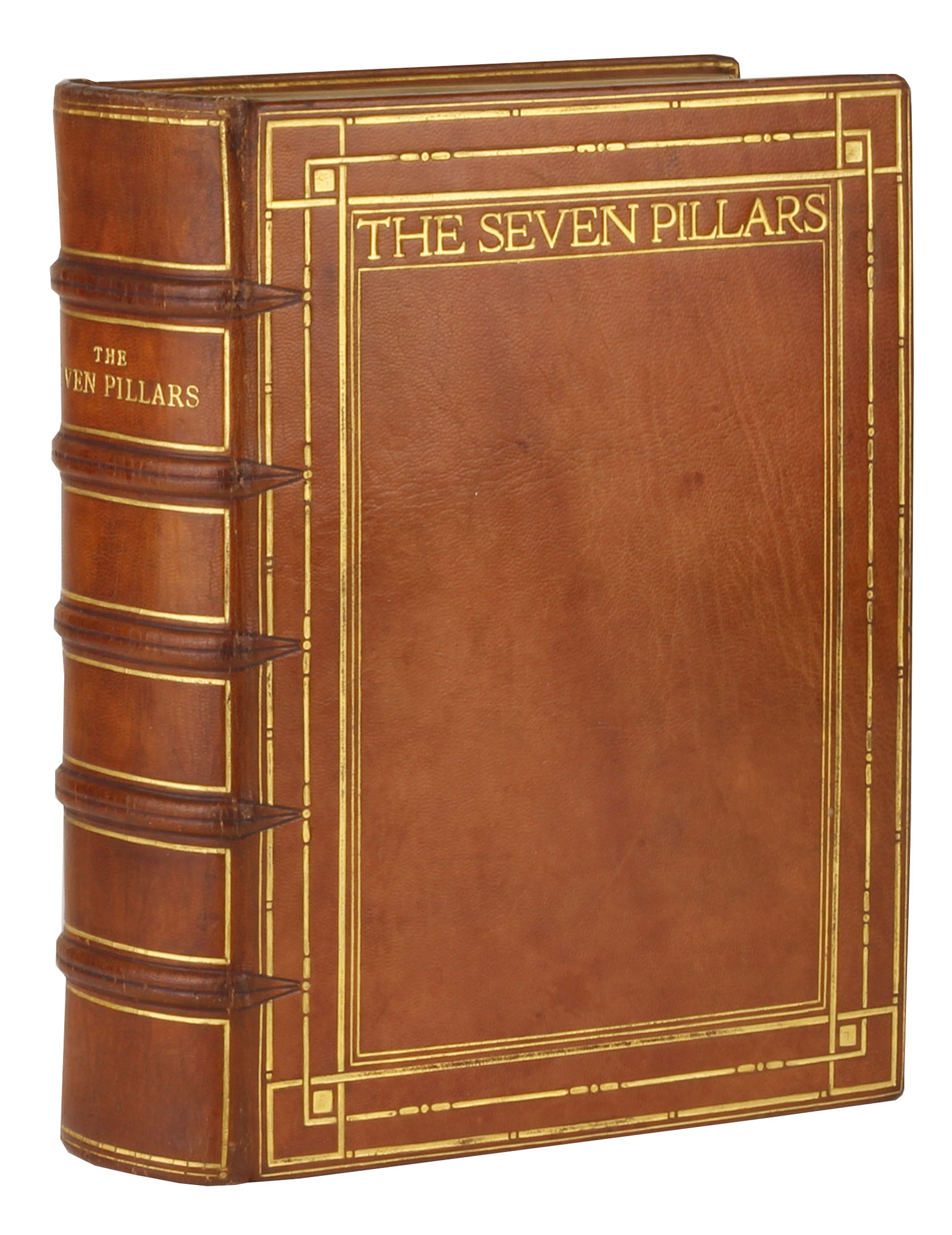

The cross of Saint George is contrived in the sett to demonstrate Lawrence’s admiration for ‘Richard the Lionheart’ and his thesis on Crusader Castles.īlue and green represent his Irish connections and his two periods of service in the RAF.

Red represents Lawrence’s birthplace at Tremadoc and his Welsh ancestry. The orange brown represents Wadi Rum and Lawrence’s famous raid on Aqaba as well as the warm internal hues and tones of Clouds Hill, Lawrence’s secluded Dorset retreat. The breadth and variety of his activities and associations, and his ability to describe them vividly in writing, earned him international fame as Lawrence of Arabia-a title used for the 1962 film based on his First World War activities. He was renowned for his liaison role during the Sinai and Palestine Campaign, and the Arab Revolt against Ottoman Turkish rule of 1916–18. Thomas Edward Lawrence CB DSO (16 August 1888 – ) was a British archaeologist, military officer, and diplomat. This commemorative tartan was designed by Lady Theresa Jenkins-Teague with assistance from Fiona Whitson to commemorate Lawrence of Arabia, born the 16th August, 1888 in Tremadog, Caernarfonshire, Wales. The "Lawrence's Seven Pillars of Khaki," tartan was designed for the man known as "Lawrence of Arabia." His extraordinary life and skill as a superb tactician and a highly influential theoretician of guerrilla warfare served to create the mythos of "Lawrence of Arabia" and has been much chronicled.🐪 7️⃣📚 However, that original work was abandoned, and although there are no direct references to the metaphorical pillars in this work, it is believed that the decision to repurpose the title may have been influenced by John Ruskin’s treatise Seven Lamps of Architecture, a biblical allusion from Proverbs, and a reference from the book's dedication poem, possibly co-edited in literary collaboration with author and war poet Robert Graves. Seven Pillars of Wisdom is his autobiographical account of his experiences and takes its title from a manuscript that Lawrence had intended to publish before the war - a scholarly work about the seven greatest cities of the Middle East: Cairo, Smyrna, Constantinople, Beirut, Aleppo, Damascus, and Medina. He died May 19, 1935, as a retired Royal Air Force mechanic living under an assumed name following a motorcycle accident six days prior. Lawrence, a British/Welsh archaeologist, army officer, diplomat, and writer, became renowned for his role in the Arab Revolt (1916–1918) and the Sinai and Palestine Campaign (1915–1918) against the Ottoman Empire during the First World War.


 0 kommentar(er)
0 kommentar(er)
